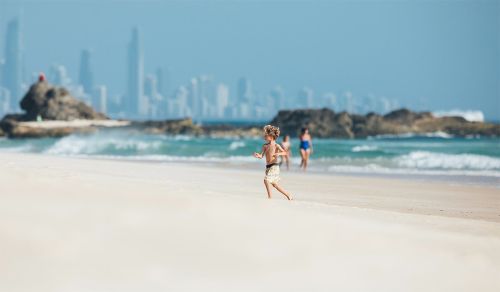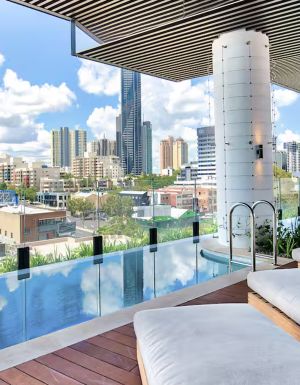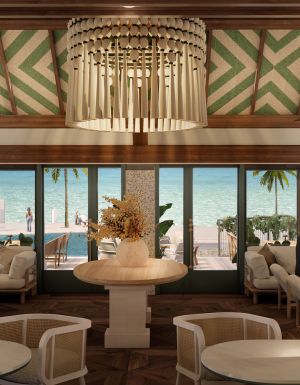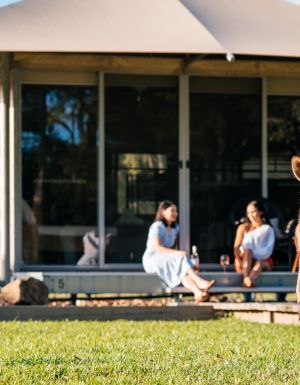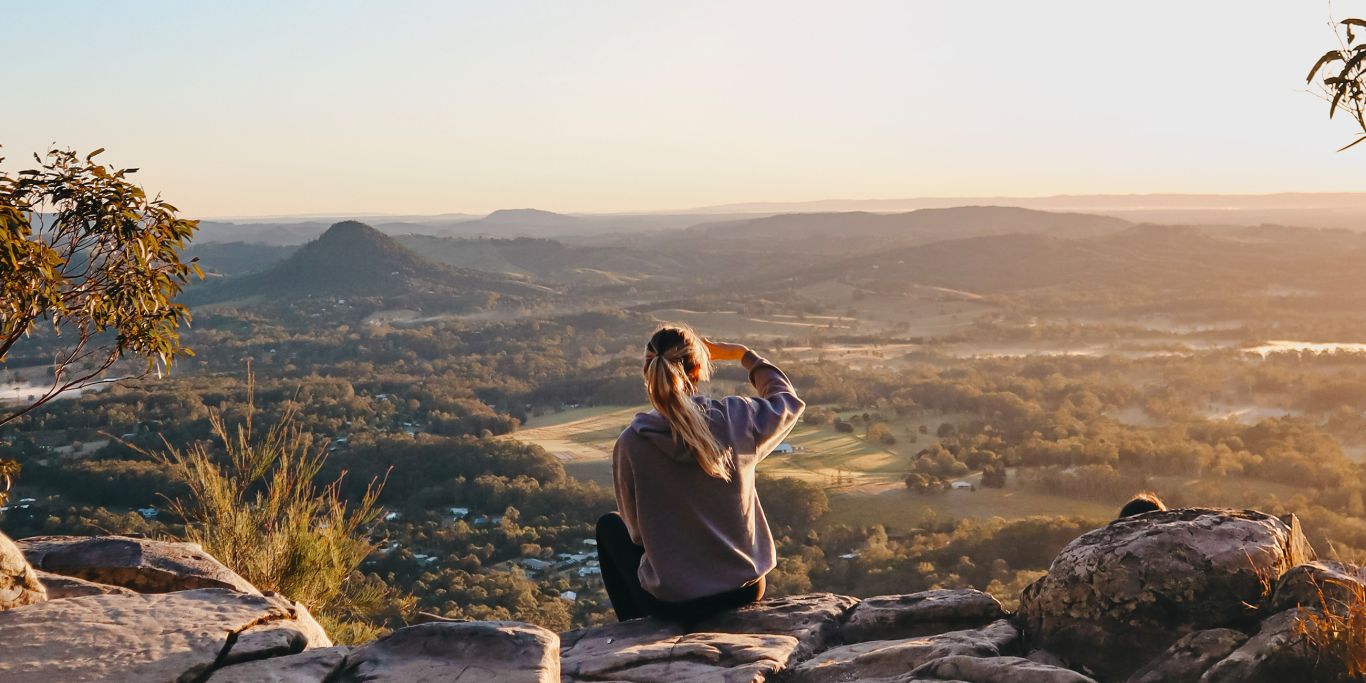These Queensland family resorts keep kids entertained and adults sane; it’s play time for the children and spa time for the adults…
1. Turtle Beach Resort Mermaid Beach, Gold Coast
2346 Gold Coast Highway, Mermaid Beach
Family fun
Water babies will love this aquatic playground. Turtle Beach Resort has a waterpark with four waterslides, two toddler slides, a water dumping bucket and cannons. There’s also four separate swimming areas, spas and saunas. Play putt-putt, old-school arcade games, watch movies in the mini cinema and play tennis.
Adult time
When family time is over, check the ankle-biters into the kids’ club that caters to ages four to 12 for some art and craft, Xbox, music and dance, and movie screenings. Meanwhile, check yourself into the day spa, laze around the adults-only pool with cocktail in-hand or head into swanky Mermaid Beach, which is known as ‘Millionaire’s Row’.
2. Paradise Resort, Surfers Paradise, Gold Coast
122 Ferny Ave, Surfers Paradise
Renowned as a “Heaven for Kids…Paradise for Parents!", this is the kind of place that will make you never want to leave.
Family fun
Phew! You know the kids will sleep well after an action-packed day here. Paradise Resort has a water park, an ice rink, games room, rock climbing, laser tag, jungle gym, discos, and more.

Adult time
The kids’ club accommodates tiny tots (aged zero) up to tweens (12 years) and has awesome activities such as a glow-in-the-dark space room, an underwater world, and lots of arts and crafts, including a dedicated painting room. Leave them to find their inner artist and head to the adults’ zone, where there’s a large heated spa and lounging area. Order an in-room massage or head into lively Cavill Ave for a taste of the night life.
3. RACV Noosa, Sunshine Coast
94 Noosa Dr, Noosa Heads
RACV Noosa Resort on the Sunshine Coast is surrounded by pristine beaches, rivers, hinterland and national parks. It offers stylish accommodation surrounded by a conservation sanctuary.
Family fun
We suspect it’s not just the little kids who will love the many different pools (one with a beach-like entry, another with slides and a splash park, a toddler-sized one, and private plunge pools in some of the rooms). Plus RACV Noosa has bicycle hire, tennis courts and a playground.

Adult time
When they’re waterlogged, kids aged four and over can take part in the kids’ holiday program or you can organise a babysitter. Once they’re taken care of make a beeline for the luxe day spa, have a drink at the resort bar, or wander around Noosa’s lovely Hastings Street boutiques.
4. Heron Island Resort Great Barrier Reef
Heron Island
If you love nature, Heron Island is truly a very special place. As a natural coral cay located 72 kms off the coast of Queensland, and situated in the midst of the famous Great Barrier Reef, few places let you explore a fascinating marine ecosystem as Heron does.
Family fun
Families who love the outdoors won’t get bored with Heron Island Resort’s guided reef walks, birdlife walks, snorkelling, turtle nesting viewing, swimming pool, kayaking, and semi-submarine tours. There’s also friendly trivia nights!

Adult time
No ordinary kids’ club, the Junior Ranges program offers mites aged between seven and 12 educational, nature-based experiences led by a team of marine biologists. While they’re busy nurturing a respect for flora and fauna, indulge in a spa treatment, enjoy a gourmet beach picnic, play a game of pool, or set sail on a sunset cruise.
5. Novotel Twin Waters Mudjimba, Sunshine Coast
270 Ocean Dr, Twin Waters
Located on Queenslands Sunshine Coast, the Novotel Twin Waters Resort is set in tropical gardens surrounding a central private lagoon nestled between the Pacific Ocean and the Maroochy River.
Family fun
It’s on for young and old at Novotel Twin Waters waterpark with inflatable slides, runways, segway tours, laser skirmish, arcade games room and family pool.

Adult time
If you can lure them in from the lagoon, Kidz Cove caters to children aged two to 12; they host daily themed sessions in the morning and afternoon, and on Friday and Saturday nights, giving you the chance to head to the Lagoon Day Spa, have a drink at the lounge, play a round of golf, or explore the Sunshine Coast sans kids!
